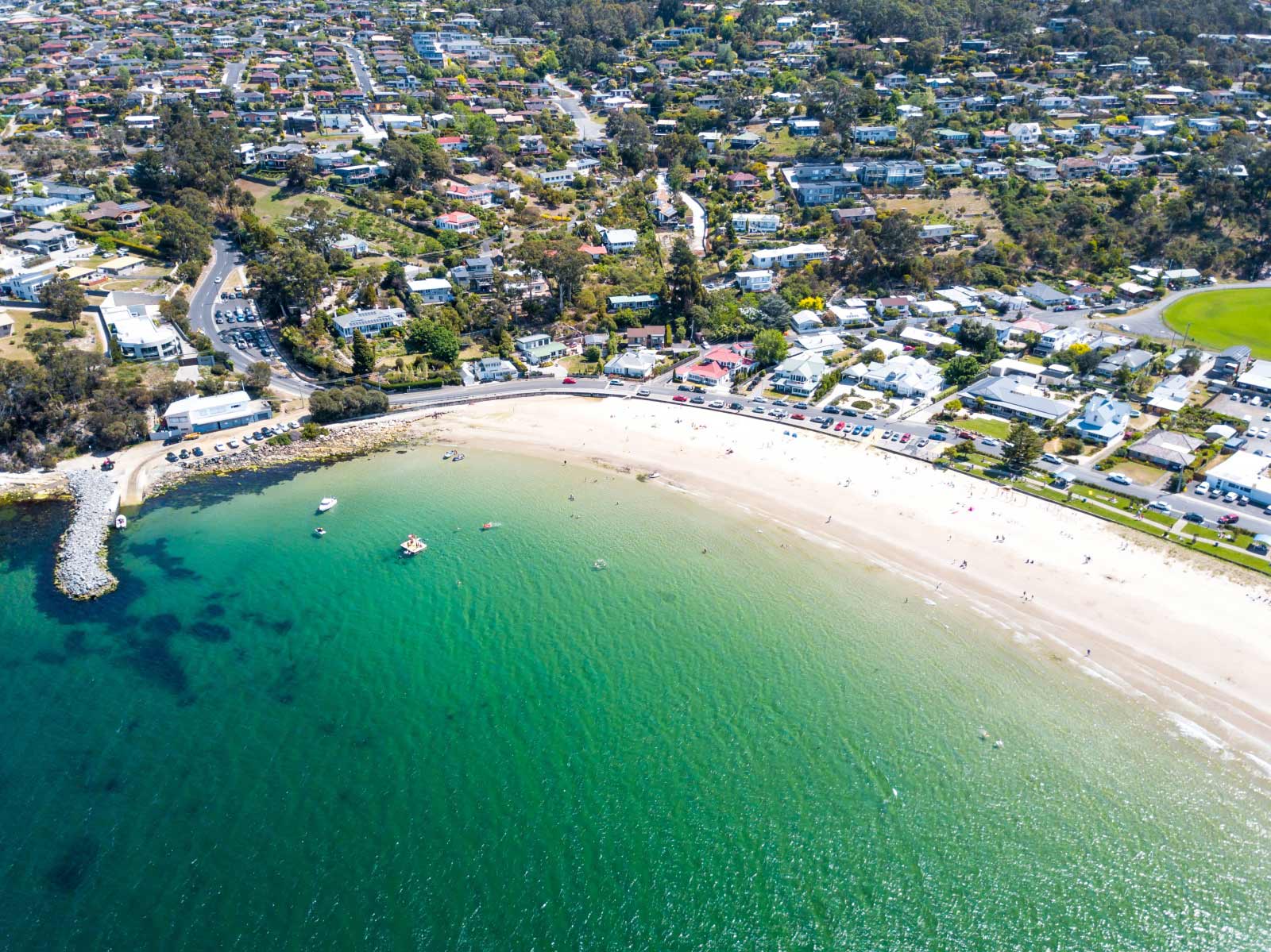Planning for the future
The Greater Hobart Plan seeks to guide growth over the next 30 years, in order to shape our city’s future urban form. Our analysis is based on evidence including historical growth rates, expectations of future development and sound planning principles.
While projected growth may not eventuate within the timeframes considered, having a plan will ensure we are well prepared for future growth. It will also ensure that, regardless of the level of growth in the next 30 years, we will have a plan to make Hobart a safe, friendly, connected, inspiring and thriving place to live and work.
We anticipate that Greater Hobart will continue to experience population growth. Based on growth over recent years we will assume an additional 60 000 people over the next 30 years. We will also assume that each additional dwelling can accommodate an average of two people, which means that we expect to need around 30 000 new homes to be constructed during this period.
By setting these assumptions, strategic planners across the public and private sectors can prepare for growth and infrastructure upgrades in advance, and target efficiencies and productivity gains as a result.
Analysis has helped us identify locations across Greater Hobart where new residential development can be located. We have been aware of some of these locations for some time given their size and significance, but in general we see potential for increased urban renewal initiatives and more medium density development across many of our suburbs.
The purpose of urban renewal and the provision of additional housing is to ensure that residents have better access to transport options to aid movement around the city. This will require strategic long-term consideration and planning.
Importantly an Implementation Plan will be prepared to identify and progress measures to encourage the right type of development in the right places. Our analysis also confirms that the future planned growth of our city can be primarily accommodated within the current Urban Growth Boundary currently described in the Southern Tasmania Regional Land Use Strategy (STRLUS), and is best placed within densification areas along main transit corridors to better utilise our current infrastructure. In addition, we will develop a coordinated and strategic approach to growth that may result in changes to the Urban Growth Boundary to accommodate future urban development.
This Greater Hobart Plan provides a clear narrative about the future of our city, one that should foster integrated planning, encourage public and private investment, and build more coordinated and collaborative relationships. Employment and business growth will be important to provide opportunities for more residents to work near where they live.
The Greater Hobart Plan will help inform an update to the Southern Tasmania Regional Land Use Strategy (STRLUS), and the Implementation Plan will enable a coordinated approach across governments to achieve the aims and objectives of the Greater Hobart Plan.

